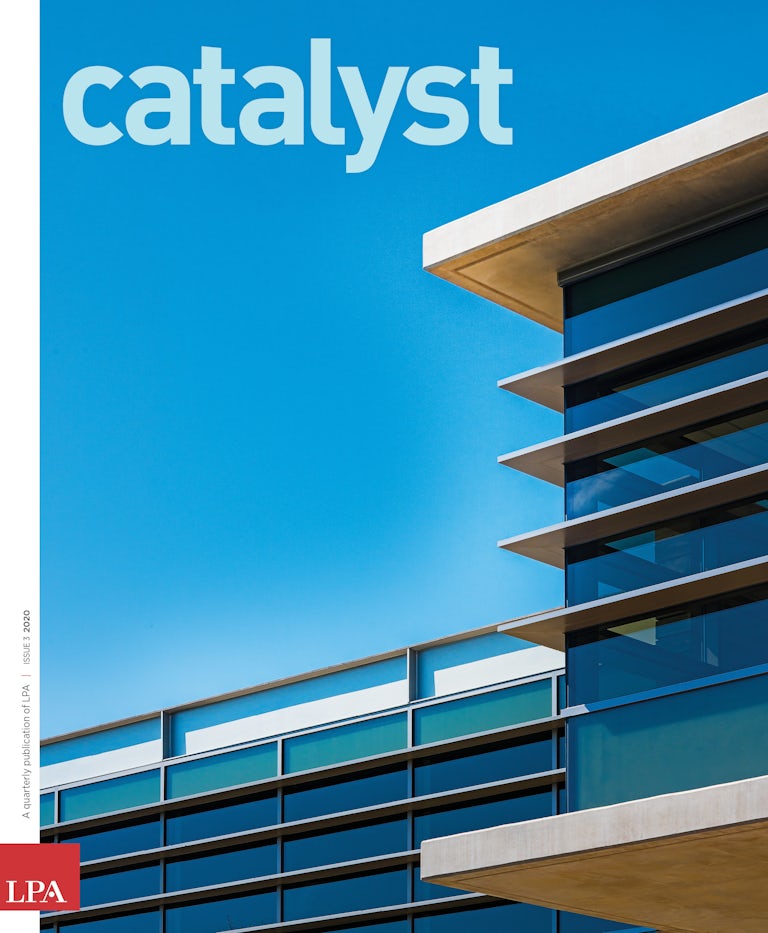The WELL Building Standard was already going through an extensive review and reworking, bringing more focus to the elements of healthy environments, when COVID-19 put everything on hold. In an interview with Catalyst, IWBI president Rachel Gutter discusses the next steps for WELL v2, the future of the healthy workplace and plans to roll out a new restaurant-style health-safety rating for buildings.
How has COVID-19 affected WELL?
It’s dramatically impacted our approach and I think, even more importantly perhaps, it’s dramatically shifted the value proposition in the minds of many of our customers and community.
I think that we’re only just beginning to realize how profound the impact of COVID-19 is on the way in which we perceive our workplaces and really all of the places where we spend our lives. As a response to that, we made the choice to postpone the vote on WELL v2. We thought there are other opportunities for us to enhance the rating system and to really embolden WELL buildings as a first line of defense in the fight against COVID-19 or other similar respiratory illnesses. (Note: v2 officially graduated out of the pilot stage on July 9.)
Are there elements of v2 that address the current situation?
We had a lot of provisions for enhanced air quality within the standard, as you would imagine. And not just enhanced air quality but also, for instance, bathrooms that are separately ventilated. These strategies, of course, weren’t designed for COVID-19, but they are the very same strategies that are being recommended today. However, we also added, for instance, some new provisions in this latest scrub that incentivized projects that either use 100 percent fresh air or have enhanced treatment for cleaning recirculated air.
I think when we get out of some of the urgency, we need to think about the longer-term response, ranging from supporting a whole range of PTSD and mental health trauma, to building immunity through increased physical activity and improved nourishment.
How do you think this revision will affect WELL in the long term?
One interesting outcome is we have heard an overwhelming desire for IWBI to offer some type of targeted mark or certification or seal that would be emblematic of an organization’s commitment to those operational and management best practices.
How are you bringing that to the client? Is it an A-B-C in the window of a restaurant?
Yes, very similar. The WELL Health Safety Rating will come in the form of a seal, prominently displayed at a building entrance, as opposed to a plaque. It will be smaller in size and it will be timestamped very visibly because WELL Health Safety is annually renewed. We believe that it will include a host of measures that are important for addressing COVID-19, but also a wider range of solutions and interventions for health and safety at large. A lot of what organizations will focus on right now to earn the WELL Health Safety rating is going to be driven by COVID-19, but these all represent what we would call evergreen strategies. We did not want to create a feature for physical distancing or a feature for PPE, since these interventions are necessary only temporarily; instead, we covered these topics in features that address emergency preparedness and resilience more broadly. We feel very strongly that none of us should be advocating for the death of the open office, or the end of handshakes and hugs, or the extinction of the commercial office.















